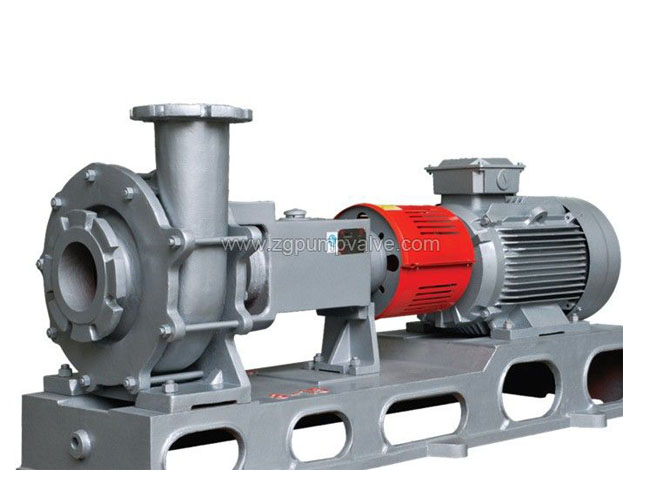Learn - Apr. 17, 2021
Slurry pumps are essential for moving hard-to-handle, high solids-content fluids and sludge, and annual demand for these pumps reflects just one aspect of the significant space they occupy in several industry sectors. The global market for all types of slurry pumps is estimated at well more than a billion dollars each year, and although those sales represent only a single-digit portion of overall pump sales, slurry pumping costs take up a lot of space in mining’s collective energy budget.
Space they physically inhabit in a mining operation is typically harsh — at the bottom of a sump, a prep plant or thickener-underflow discharge point, or serving a pipeline carrying abrasive slurry. Their duty cycles range from continuous to sporadic depending on the application, often with highly variable flow rates and particle sizes. Internal wear can be severe in some applications, with as much as 2 mm of material a day disappearing from crucial component surfaces. Due to the increased probability of high wear rates from the materials being transported, pump suppliers add thicker, heavier components and/or internal liners, making slurry models larger and heavier than their water-pump brethren.
A rule of thumb when selecting a slurry pump is to look for the most robust pump, in terms of performance, wear resistance, power and maintainability, that falls within the service class rating for the type of material being pumped. Even that simple process can be complicated when special circumstances arise, such as unusually high mechanical wear experienced in a specific application, or intermittent operation rather than steady running. Pump manufacturers generally have a vast knowledge of what works and what doesn’t under many conditions, and they incorporate the features that do work into their latest designs.

The service class is largely dependent on the nature of the slurry being pumped. A service class chart can be used to get an indication of the expected wear rate of the major wetted components.
The chart is based on aqueous slurries of silica-based solids (Specific Gravity = 2.65) and can be used to provide guidance for mineral slurries if the SG for the slurry is used to determine the severity of service for a slurry pump.
For non-silica materials, the equivalent SG can be found by applying an abrasive correction factor to the slurry SG and to the d50 particle size, which is the screen that 50 per cent of particles would pass through.
Slurries are often very abrasive and may contain large solid particles. This makes wear life and the ability to pass these large solids key considerations in pump design and application.
Wear can be controlled by proper pump selection based on the application details provided by the user and is related to the velocity between the pumped slurry and the pump. For pumps in more severe services to have a satisfactory life, liquid velocities should be reduced.